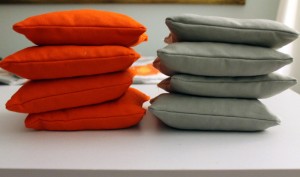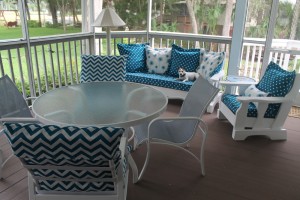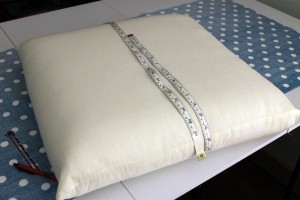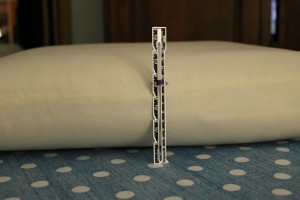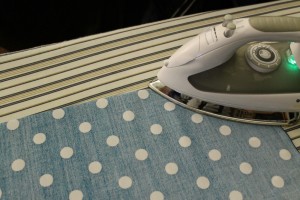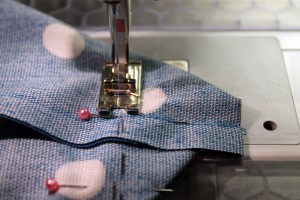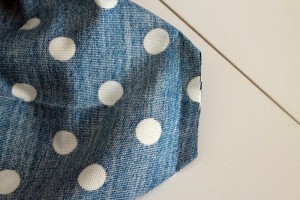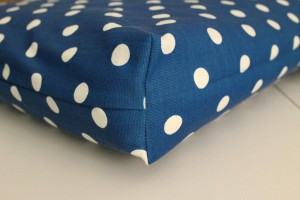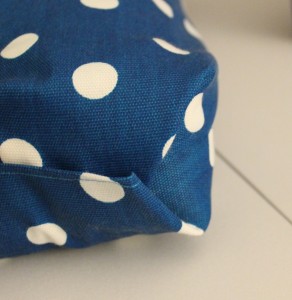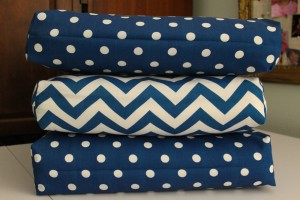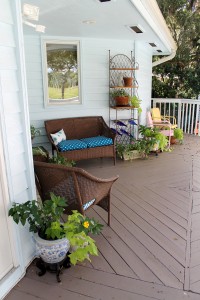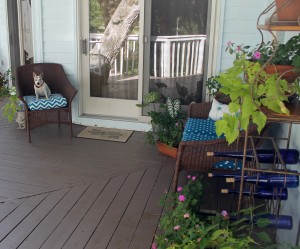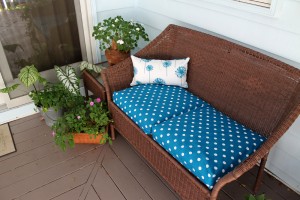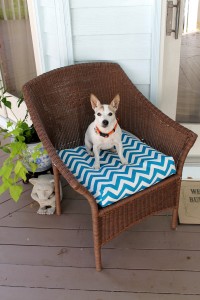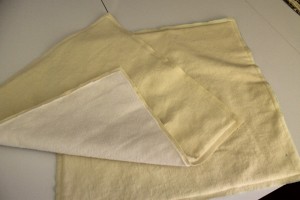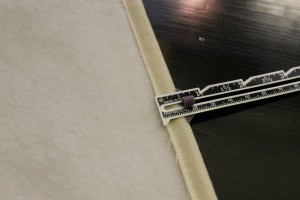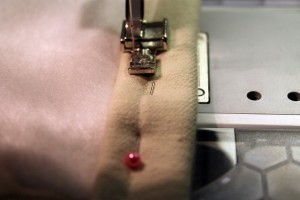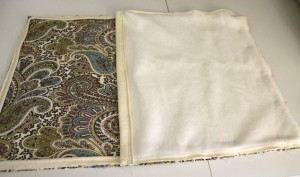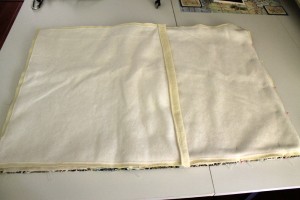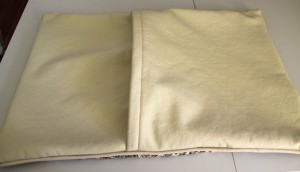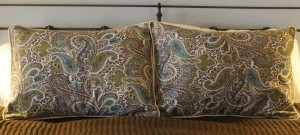During our last cornhole tournament, one of the bags split at the seam. We tried a few emergency repairs to no avail. Knowing that we had an even bigger cornhole tournament approaching, we needed to order another set of bags. But, when I found that 8 bags were $23.99 plus $10 shipping, (almost $5 a bag!) I knew that I had a new DIY project!
After surfing the blogosphere for instructions, I discovered that there are “regulation” cornhole bags. Really? Finished size is 6″ square, weigh about 1 pound, must be made out of duck cloth, and the filling has to be field corn–no popcorn allowed! Triple stitched seams with upholstery thread was also recommended.
Off to Jo-anns where I purchased a 1/4 yard of duck clock in each color of gray and orange. Using discount coupons for everything at Jo-anns, the fabric for the two cost $2.75. Upholstery thread was $2.00. Ten pounds of corn at the local feed store was $5.00 and I only used 8 pounds. (The other 2 pounds may go to the undeserving squirrels.) So my material costs ended up being $8.75. Which is about $1.09 a bag.
The duck cloth is very stiff and thick and the upholstery thread was kind of wirey. I had to buy a bigger and sharper needle and still my sewing machine was not happy! I also couldn’t get upholstery thread that matched the fabric even after checking three different stores so I went with a cream color.
Allowing for 1/2″ seams, I cut 7″ squares. 8 of each color. Pinned two pieces together and triple stitched the seams using upholstery thread; leaving a 4″ opening on one side. Trimmed the corners.
Cut the bottom off of a red solo cup to use for a funnel.

Filled each bag with two cups of corn–approximately 1 lb.
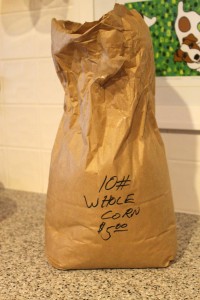
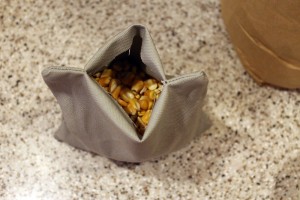
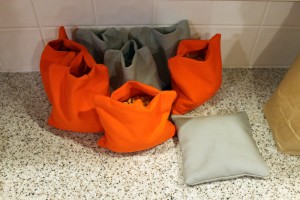
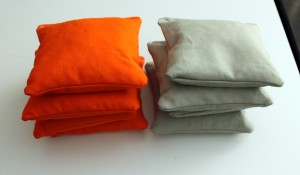
Triple top stitched the side with the opening. Done! And ready for competition at the Al-La-Palooza!

